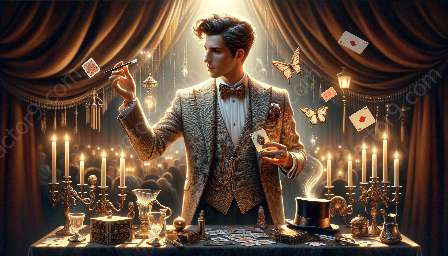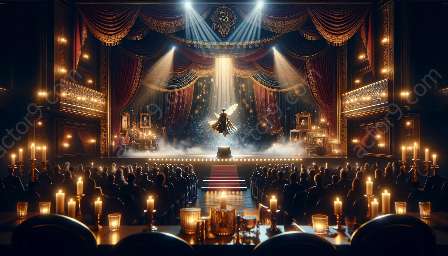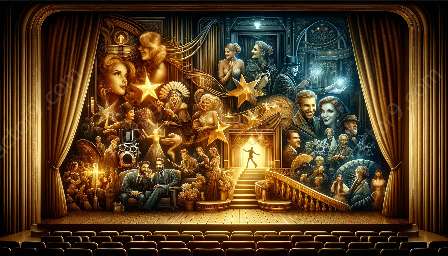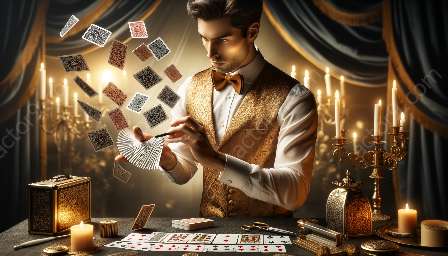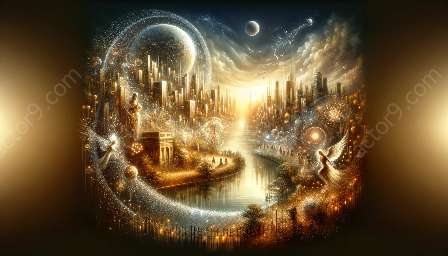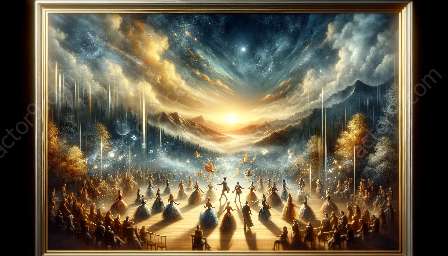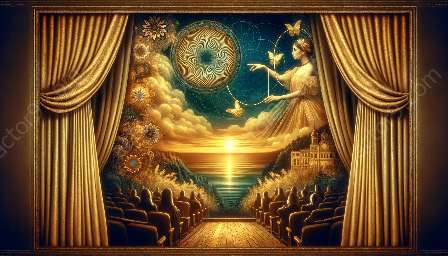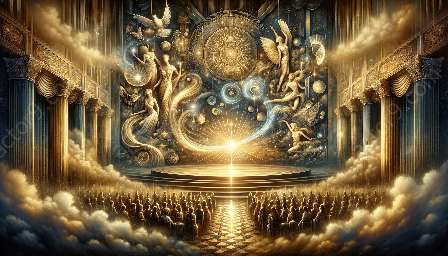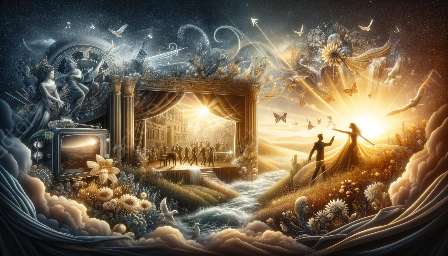Close-up magic, as an art form, goes beyond mere sleight of hand and illusion to incorporate an intricate understanding of psychology and perception. By delving into the relationship between close-up magic and these domains, we can appreciate the profound impact of psychology on magical experiences, and how perception plays a crucial role in the art of close-up magic.
The Psychological Aspect of Close-up Magic
Close-up magicians are masters of manipulating the human mind. They exploit psychological phenomena such as selective attention, cognitive biases, and social influence to create astonishing illusions right before the spectators' eyes. By understanding the workings of the human mind, magicians are able to lead their audiences into a captivating journey of deception, wonder, and amazement.
Selective Attention
One of the fundamental principles in psychology that close-up magicians utilize is selective attention. Audience members tend to focus on specific cues, allowing magicians to redirect attention to conceal their sleights and perform magic right under the spectators' noses. Close-up magicians exploit this tendency to manipulate what the audience perceives, leading to seemingly impossible feats.
Cognitive Biases
Furthermore, close-up magicians leverage cognitive biases such as confirmation bias and expectation bias to influence how spectators interpret the presented magical effects. By aligning their performances with these biases, magicians create an illusion that resonates deeply with the audience, leaving them astonished by the perceived impossibility of the tricks.
Social Influence
Close-up magic also harnesses the power of social influence. Magicians adeptly establish rapport, build trust, and subtly guide their spectators' reactions to enhance the impact of their magical effects. Leveraging social influence allows them to create an environment conducive to experiencing wonder and disbelief, essential elements of a successful close-up magic performance.
The Role of Perception in Close-up Magic
Perception is intricately linked to the art of close-up magic. The way individuals perceive and interpret visual stimuli directly influences the success of a magic trick. Understanding the principles of visual perception enables magicians to design and execute astonishing feats right in front of their audiences' eyes.
Visual Illusions
Visual illusions, a crucial aspect of close-up magic, exploit the vulnerabilities of human visual perception. Magicians use principles of Gestalt psychology, shape and color manipulation, and depth perception to create mesmerizing visual illusions that defy the spectators' understanding of reality. By playing with the viewers' perceptual expectations, close-up magicians captivate and astound, leaving a lasting impression of wonder.
Attentional Blink
Another captivating phenomenon of perception is the attentional blink, which magicians can manipulate to create magical effects that seemingly bypass the audience's conscious awareness. By timing their actions within the attentional blink window, magicians can make objects appear and disappear, leveraging this fascinating aspect of perception to enhance the mystery of their performances.
Conclusion
Close-up magic, with its integration of psychological insights and perceptual manipulation, represents a unique art form that captivates and mystifies audiences. By understanding the intersection of close-up magic, psychology, and perception, we gain a deeper appreciation for the extraordinary skills and knowledge that underpin the seemingly impossible performances of close-up magicians.


